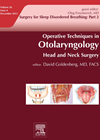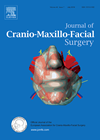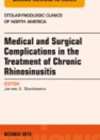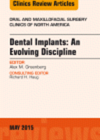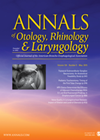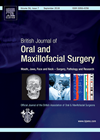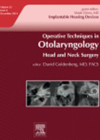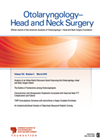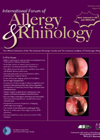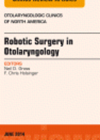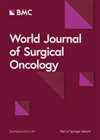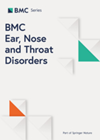
Journal Reviews
Surgery for hypopharyngeal obstruction causing OSA
Surgical treatments for OSA are evolving with improved diagnostic accuracy of the level(s) involved. Where the collapsing segment lies below the soft palate, a variety of surgical techniques to correct the affected segment(s) are emerging. This article concentrates on one...
An overview of microsurgical reconstruction of the head and neck worldwide
Microsurgical reconstruction is an integral part of the treatment following ablation for malignancy or trauma. Currently there are no clear treatment guidelines following tumour resection. This was recognised a few years ago and in 2008 various collaborative groups were founded...
Do I need Google maps in here?
Image guidance surgery (IGS) has grown in popularity. This review article discusses its application in endoscopic sinus surgery (ESS). IGS technology has vastly improved with smaller, more mobile platforms that are easy to set up and use. IGS allows validation...
Post-cancer prosthodontic reconstruction
A functional outcome after head and neck cancer resection is aimed at restoring speech and swallow. Dental reconstruction greatly facilitates this, particularly by enabling the patient to chew food. The authors reinforce the need for careful presurgical planning with treatment...
Benefit of prolonged voice rest following phonosurgery
The recommendation for voice rest following surgery is not agreed amongst surgeons, regarding either the type of voice rest (absolute or relative) or the optimal duration. In this ongoing study, 31 elective patients operated on for benign laryngeal lesions were...
Plunging new depths for the treatment of ranulas
Within our scope of practice, we encounter a number of salivary gland pathologies, including the sublingual gland. Clinical signs are often subtle, and even with meticulous surgical management, morbidity can easily occur. Textbooks advocate excision of the gland as the...
Experience of the Sophono transcutaneous bone conduction system
This article is a frank discussion of the authors’ experience implanting these devices. The principle of the device is surgical implantation of a bilobed magnet within a bony well in the cranium (similar position to BAHA). The implant is a...
Evidence for balloon eustachian tuboplasty
Balloon eustachian tuboplasty is an emerging intervention aimed at the management of eustachian tube dysfunction (ETD) and its sequelae. The authors acknowledge that ETD is a common but frequently ill-defined problem, with no well-established direct treatment. They performed a systematic...
The effect of cocaine or adrenaline dressing during endoscopic sinus surgery
A randomised controlled study of 37 patients took place that underwent endoscopic sinus surgery for chronic rhinosinusitis and received adrenaline or cocaine-soaked patties. The study showed no difference in the mean surgical field scores between adrenaline and cocaine sides. Adequate...
In the future there will be robots
This edition of review articles encompasses the emerging techniques of robotic surgery, written by international experts from centres that are increasing their repertoire of procedures. The treatment of oropharyngeal cancer is challenging irrespective of modality, as oncological and functional outcomes...
CT and intraoperative nerve monitoring to identify non-recurrent laryngeal nerve during thyroid surgery
A non-recurrent laryngeal nerve (NRLN) is a rare (incidence 0.3% to 1.3%) anatomical variant that results in a higher rate of vocal cord palsy following thyroid surgery. This team from China examined the utility of preoperative CT and intraoperative nerve...
3D ultrasonography for evaluation of muscles following facial palsy
Reconstructive surgery for facial nerve palsies is not recommended beyond two to three years after a degenerative facial nerve lesion. Since the time course of muscle atrophy is variable, this timeline is a rough guideline. The only assessment method currently...

